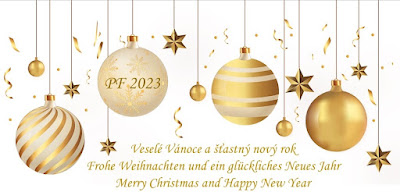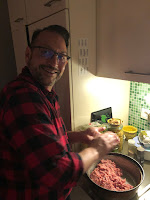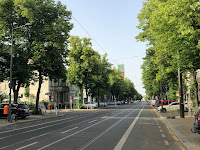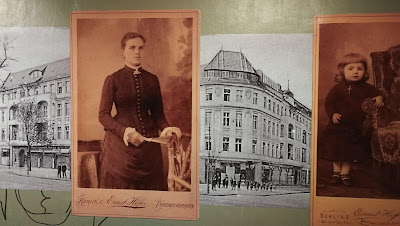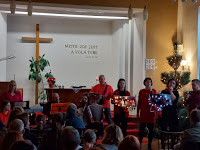Šťastný nový rok! Nappy New Year! PF 2023!
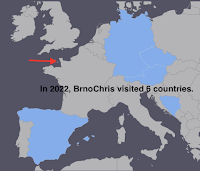 Another year has come and gone. For ten years, I managed to visit at least one new country a year but that didn't happen in 2020, due to Covid-19, and this is the first year since then that I managed to go to a new country. Well, sort of a new country if you count the Bailiwick of Jersey, one of the UK's Crown Dependencies, as a country.
Another year has come and gone. For ten years, I managed to visit at least one new country a year but that didn't happen in 2020, due to Covid-19, and this is the first year since then that I managed to go to a new country. Well, sort of a new country if you count the Bailiwick of Jersey, one of the UK's Crown Dependencies, as a country.
Besides St. Helier, I managed to go to Austria and Banja Luka, Bosnia and Herzegovina for my Easter trip, plus Germany and Bilbao, Spain. More countries than last year.
 This next year already looks better when it comes to public holidays. This year we only had eight public holidays but this year we get ten. We only lose three public holidays next year due to them falling on the weekend.
This next year already looks better when it comes to public holidays. This year we only had eight public holidays but this year we get ten. We only lose three public holidays next year due to them falling on the weekend.
I missed my niece's high school graduation in 2020 due to Covid travel restrictions, so I'm hoping to finally make it over for a visit in 2023.
